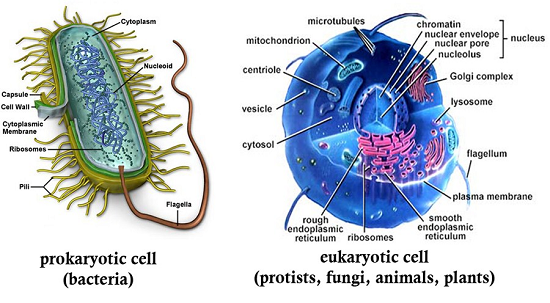Updated By: LatestGKGS Desk
Biology: Prokaryotic Cells and PPLO (Pleuro Pneumonia Like Organisms)

Biology: Prokaryotic Cells, DNA, bacteria, mycoplasma, blue-green algae, and PPLO (Pleuro Pneumonia Like Organisms)
Prokaryotic cells are represented by bacteria, mycoplasma, blue-green algae, and PPLO (Pleuro Pneumonia Like Organisms). They are usually smaller and multiply faster than eukaryotic cells.
They may vary greatly in shape and size. The four basic form of bacteria is Bacillus, coccus, Vibrio, and spirillum. The organization of the prokaryotic cell is fundamentally similar even though prokaryotes exhibit a wide variety of shapes and functions.
In all prokaryotes, there is a cell wall around the cell membrane except for the mycoplasma. The cell-killing fluid matrix is cytoplasm. There is no well-defined nucleus. The genetic material is basically nude, not surrounded by the nuclear membrane.
In addition to genomic DNA (single chromosome/circular DNA), many bacteria have small circular DNA outside the genomic DNA. This smaller DNA are called plasmids. Plasmid DNA provides some unique phenotypic character for such bacteria.
One such character is resistance to antibiotics. In the eukaryotes, the nuclear membrane is found. No organelles, like the ones in eukaryotes, are found in prokaryotic cells except for ribosomes. Something unique as the inclusion of prokaryotes. A specialized differentiated form of the cell membrane is characterized by prokaryotes.


